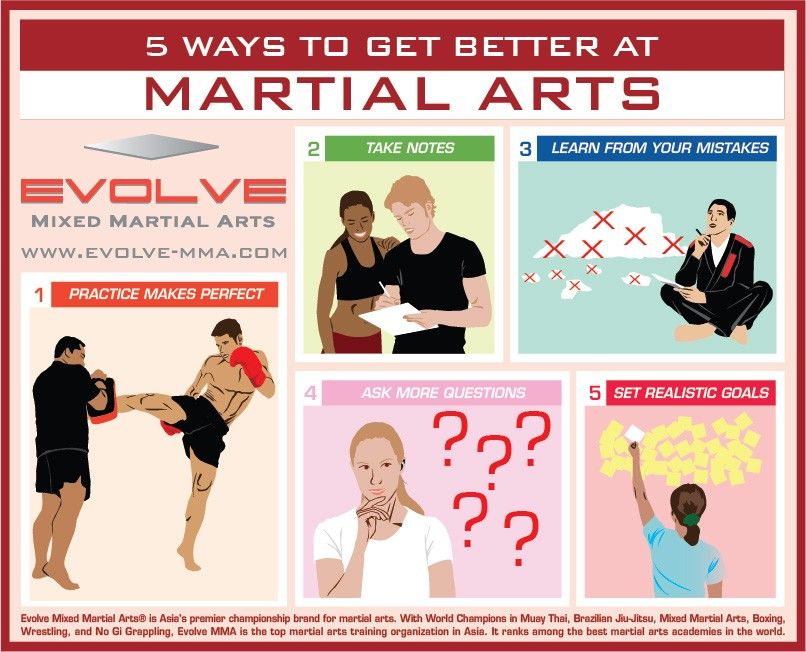The History And Viewpoint Of Martial Arts: A Deep Dive
The History And Viewpoint Of Martial Arts: A Deep Dive
Blog Article
Web Content Created By-Gentry Stokes
Step into the ancient world where martial arts were substantiated of necessity in diverse regions. Suggested Web page battling designs intertwined with historical contexts. Strategies progressed over centuries with dedicated practice and social exchanges. Today, modern martial arts mix standard elements for optimal efficiency. Philosophically, martial arts stress discipline, self-improvement, and consistency. Respect, humility, and balance are fundamental principles guiding experts towards development and durability. Discover the depths of this abundant history and philosophy to discover the profound influences shaping this long-lasting discipline.
Beginnings of Fighting Style
Martial arts originated in various areas all over the world, progressing as functional combat systems to defend against risks. These old combating designs were developed out of necessity, with each society crafting techniques fit to their one-of-a-kind settings and obstacles. From the grappling arts of Jujutsu in Japan to the striking methods of Kung Fu in China, martial arts were deeply intertwined with the historic, social, and cultural fabric of their corresponding cultures.
In Japan, the samurai class refined martial arts like Kenjutsu, the art of the sword, which later developed into the more promoted form of Kendo. At the same time, in Brazil, Capoeira became a blend of dance and battle, developed by enslaved Africans as a way to withstand oppression. Each fighting style brings with it a rich background and philosophy, showing the worths and beliefs of individuals that exercised them.
As you delve into the beginnings of martial arts, you reveal a tapestry of human ingenuity, strength, and the unyielding spirit of warriors throughout time.
Development of Strategies
Via centuries of practice and refinement, battle strategies within various martial arts have undergone a profound evolution. From old designs like Kung Fu and Karate to much more modern techniques such as Brazilian Jiu-Jitsu and Krav Maga, the development of techniques has actually been driven by a combination of cultural impacts, useful applications, and technical innovations.
One significant facet of this advancement is the cross-pollination of techniques in between various martial arts. For example, techniques from typical Japanese Jiu-Jitsu were included right into the development of Judo by Jigoro Kano in the late 19th century. This mixing of designs has actually brought about the development of crossbreed martial arts like Mixed Martial Arts (MMA), which incorporate aspects of striking, grappling, and submission methods.
Moreover, the evolution of techniques has been formed by the enhancing emphasis on effectiveness and effectiveness in fight. Professionals have continuously looked for to refine their strategies via extensive training, trial and error, and competition, leading to the development of very specialized and efficient combating styles. Generally, the evolution of techniques in martial arts reflects the vibrant nature of battle and the ongoing quest for improvement and advancement.
Philosophical Structures
Exploring the underlying philosophical principles of martial arts gives understanding into their core worths and directing ideas. At the heart of many martial arts disciplines is the concept of technique itself. By training your mind and body to function as one natural unit, you cultivate technique that extends past the dojo or health club into daily life. This technique encompasses regard, humbleness, and self-control, forming not just your physical abilities but likewise your character.
Another essential philosophical foundation in martial arts is the concept of continual self-improvement. The trip of understanding a martial art is relentless, with professionals frequently striving to better themselves, both literally and emotionally. This focus on growth promotes strength, willpower, and a growth state of mind that can be applied to all facets of life.
Moreover, martial arts highlight the value of consistency and equilibrium. Techniques are developed to make use of an opponent's energy versus them, highlighting the concept of yielding and redirecting force instead of fulfilling it head-on. This approach includes interpersonal partnerships, promoting calm resolutions and mutual understanding. By accepting these thoughtful structures, martial artists not just improve their fight abilities yet additionally grow a lifestyle fixated individual development, regard, and harmony.
Final thought
In conclusion, the background and viewpoint of martial arts use a rich tapestry of custom, discipline, and self-improvement.
Consider instance the story of Bruce Lee, who changed martial arts by blending different styles and philosophies to develop his very own distinct kind of Jeet Kune Do.
With dedication and development, martial musicians remain to push boundaries and motivate others to reach their complete capacity both in fight and in life.
